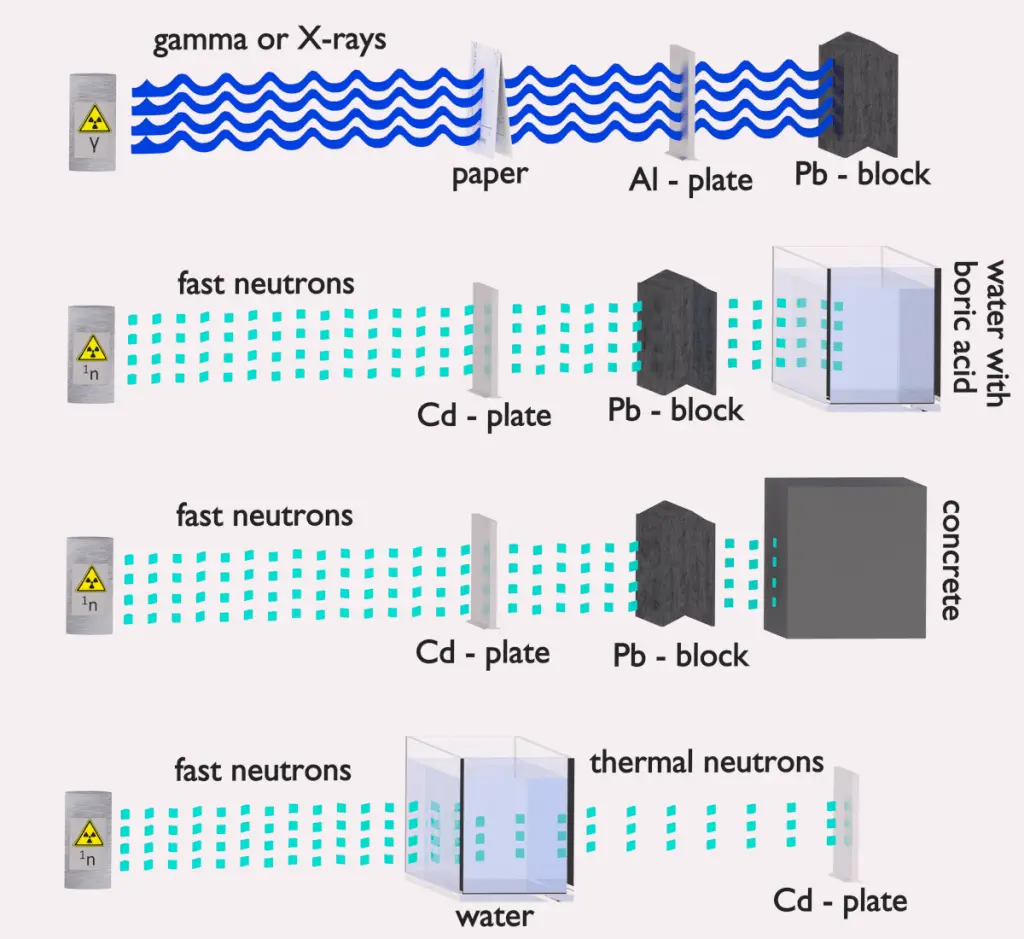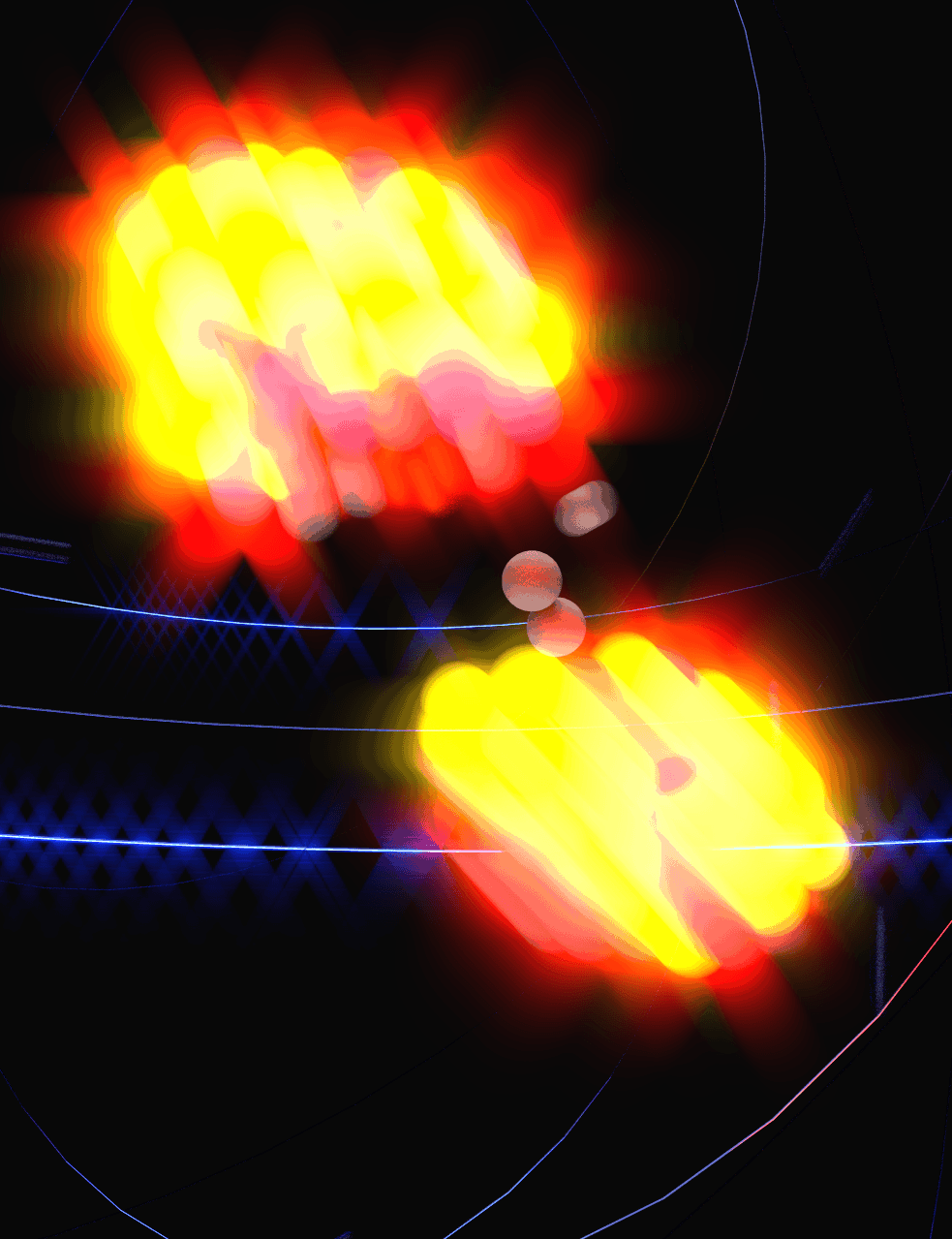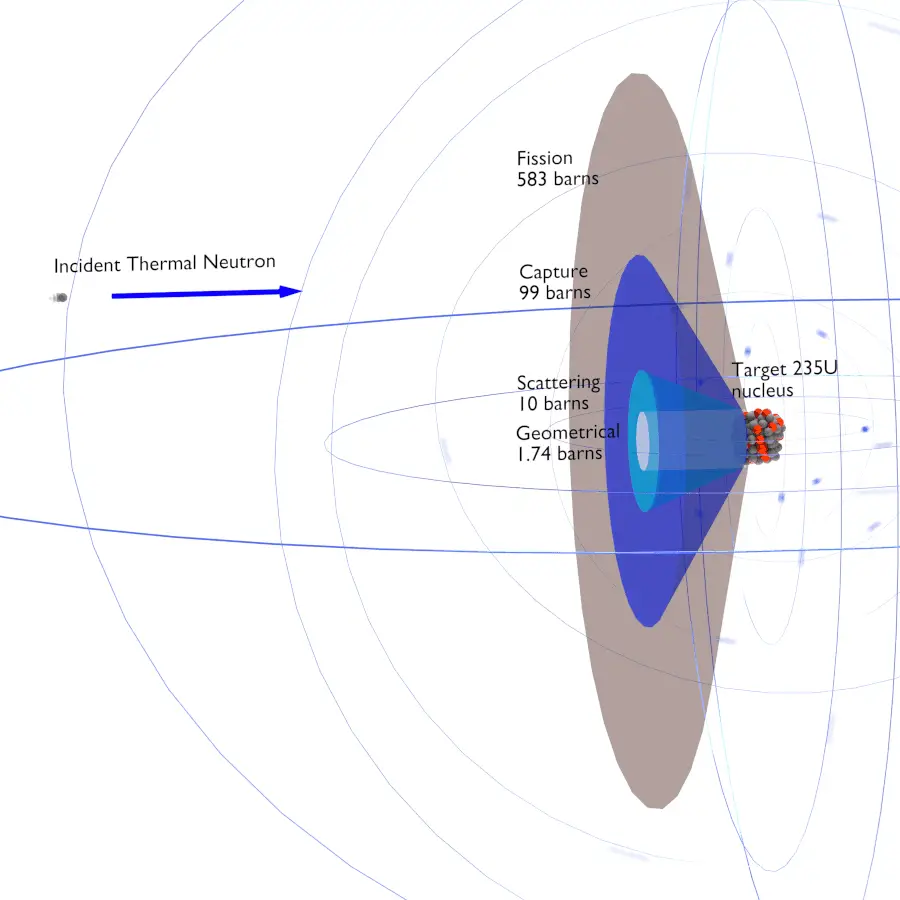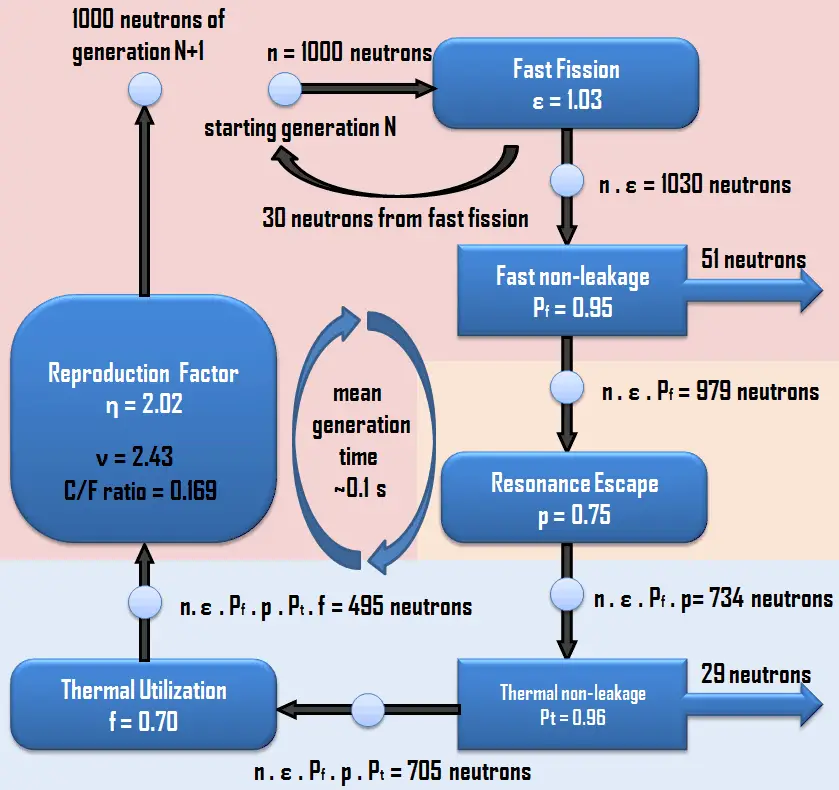Interaction of Radiation with Matter
Knowledge of interactions of radiation with matter constitutes key knowledge of modern physics. Modern physics is an experimental science, and it is based on experiments, which provide key information for our understanding of nature. Most modern nuclear or particle experiments use various sophisticated devices (detectors) for measuring and detecting sub-atomic particles. In order to be detected, a particle must leave some trace of its presence in a detector. Particles mostly deposit energy along its path. Knowledge of this interaction, how different particles deposit energy in the matter and how much energy particles deposit, is fundamental for understanding the problem.

Neutron Nuclear Reactions
The study of neutron nuclear reactions and nuclear reactions, in general, is of paramount importance in the physics of nuclear reactors. Progress in the understanding of nuclear reactions generally has occurred faster than similar studies of chemical reactions. Generally, a higher level of sophistication has been achieved.
Shortly after the neutron was discovered in 1932, it was quickly realized that neutrons might act to form a nuclear chain reaction. When nuclear fission was discovered in 1938, it became clear that if a neutron-induced fission reaction produces new free neutrons, each of these neutrons might cause further fission reaction in a cascade known as a chain reaction. Therefore the calculations of nuclear reactors are determined by the transport of neutrons, their interaction with matter, and their multiplication within a nuclear reactor.

Neutron Cross-section
The extent to which neutrons interact with nuclei is described in terms of quantities known as cross-sections. Cross-sections are used to express the likelihood of particular interaction between an incident neutron and a target nucleus. It must be noted this likelihood does not depend on real target dimensions. In conjunction with the neutron flux, it enables the calculation of the reaction rate, for example, to derive the thermal power of a nuclear power plant. The standard unit for measuring the microscopic cross-section (σ-sigma) is the barn, equal to 10-28 m2. This unit is very small. Therefore barns (abbreviated as “b”) are commonly used.

Chain Reaction
The neutron-induced fission reaction is the reaction, in which the incident neutron enters the heavy target nucleus (fissionable nucleus), forming a compound nucleus that is excited to such a high energy level (Eexcitation > Ecritical)that the nucleus splits into two large fission fragments. A large amount of energy is released in the form ofradiation and fragment kinetic energy. Moreover and what is for this chapter crucial, the fission process may produce2, 3 or more free neutrons that are capable of inducingfurther fissions and so on. This sequence of fission events is known as the fission chain reaction and it is of importance in nuclear reactor physics.
